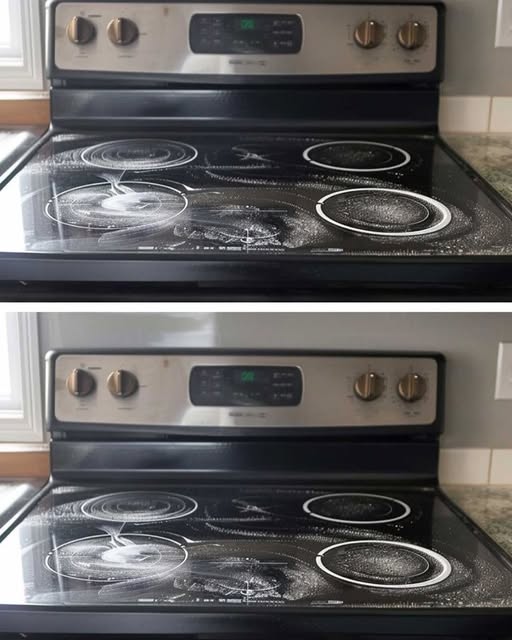ADVERTISEMENT
For regular maintenance, clean with this method once a week or as needed.
Store baking soda and vinegar in a cool, dry place and refill the spray bottle as necessary.
Always allow the stove top to cool fully before cleaning to prevent burns or streaks.
Variations:
Add a few drops of lemon juice or essential oil to the vinegar for a fresh scent.
Use a plastic scraper (designed for glass cooktops) for stubborn, dried-on spills.
For a quick daily touch-up, use a microfiber cloth lightly sprayed with vinegar.
FAQ:
Q: Is this method safe for all glass stove tops?
A: Yes, baking soda and vinegar are gentle enough for most glass surfaces. Always test a small area if unsure.
Q: Will this remove burnt-on food?
A: Yes, letting the solution sit helps break down even burnt residue. A non-abrasive scrubber may help with tougher spots.
Q: Can I use this method daily?
A: It’s best used weekly or after heavy cooking. For daily upkeep, a vinegar wipe-down is sufficient.
Q: Does the vinegar smell linger?
A: No, the smell usually fades quickly. Add essential oils or lemon juice if desired.
Q: What should I avoid using on my glass stove top?
A: Avoid steel wool, abrasive pads, or harsh chemicals, which can scratch or damage the surface.
ADVERTISEMENT
